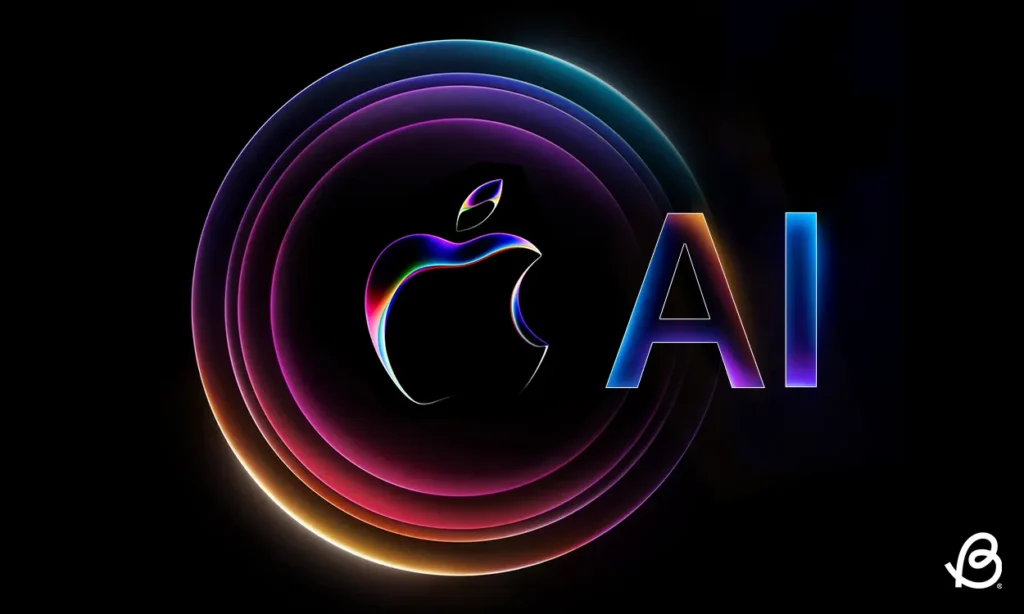Hugging Face, a leading open-source AI platform, is calling on the U.S. government to put open-source development at the heart of its upcoming AI Action Plan. In a statement submitted to the White House’s Office of Science and Technology Policy (OSTP), the company laid out a comprehensive vision for how open systems can supercharge innovation, boost security, and keep AI aligned with public interest.
With more than 1.5 million publicly available AI models and seven million users, Hugging Face has become a hub for collaborative AI development. Their proposal revolves around three main priorities:
1. Building Stronger Open-Source AI Infrastructure
Hugging Face argues that innovation thrives in diverse, decentralized environments. Strengthening resources like the National AI Research Resource (NAIRR), supporting public datasets, and investing in open science can empower universities, startups, and independent researchers to make meaningful contributions.
They highlight how technical breakthroughs — such as smaller, more efficient models — are emerging from open research, rivaling the capabilities of corporate giants. These developments lower the barrier to entry for smaller players while speeding up innovation cycles.
2. Making AI Adoption More Accessible and Efficient
For AI to truly scale across industries, it must be modular, reliable, and affordable. Hugging Face emphasizes that open-source models offer key advantages: they’re easier to customize, cheaper to implement, and avoid vendor lock-in — all of which are vital for startups, SMBs, and even large enterprises.
Use cases span from banks and hospitals to manufacturers adapting models to their niche needs. This trend shows that open-source isn’t just a community ideal — it’s a practical business tool.
3. Promoting Secure and Transparent Standards
Security and trust are top priorities. Hugging Face is pushing for AI systems that build on decades of best practices from open-source software development. They advocate for traceability, clear documentation, interoperability, and robust evaluation protocols to ensure AI systems are not only powerful but also safe.
Open Models, Real Impact
Modern AI is built on shared knowledge — and Hugging Face wants to keep it that way. Their platform brings together contributions from solo developers to industry leaders like Google, Meta, and Microsoft. The goal? Accelerate progress through collaboration, not competition alone.
They point to economic research showing that open technical systems can have a 2000x multiplier effect. Even a $4 billion investment in open infrastructure could potentially generate trillions in value for the broader economy.
Without open-source contributions, the average country could lose 2.2% of its GDP. In fact, open-source software drove up to €95 billion in European GDP in 2018 — a figure cited by the EU in its open government tech policies.
Policy Recommendations from Hugging Face
To help the U.S. lead in open-source AI, Hugging Face proposes several actionable steps:
- Expand NAIRR to give more researchers access to compute and data.
- Dedicate public infrastructure to open projects so smaller orgs can participate.
- Secure access to training data by addressing the shrinking data commons and supporting public repositories.
- Fund open datasets and projects like the Trusted Data Catalog and BPL digitization initiative.
- Create privacy-respecting data sharing frameworks for sensitive fields like healthcare.
- Support industry-specific AI projects that go beyond general-purpose models.
- Strengthen AI knowledge hubs like NIST to guide best practices and risk management.
- Ensure high-quality evaluation data to keep AI reliable and accountable.
Scaling AI Without Leaving Anyone Behind
Cost, energy, and infrastructure are growing concerns in AI development — especially for smaller players. Hugging Face cites IDC estimates that global AI spend will hit $632 billion by 2028, which could price out many companies.
Open-source helps bridge that gap. Over half of businesses using open AI tools report positive ROI. It also supports more energy-efficient AI systems, an increasingly urgent priority as energy demand from data centers continues to rise.
With its message to policymakers, Hugging Face is positioning open-source AI not just as a tech trend — but as a national strategic asset. A plan built on open systems could help the U.S. stay ahead in innovation, security, and accessibility.
Source: https://www.artificialintelligence-news.com/news/hugging-face-open-source-focus-ai-action-plan/





